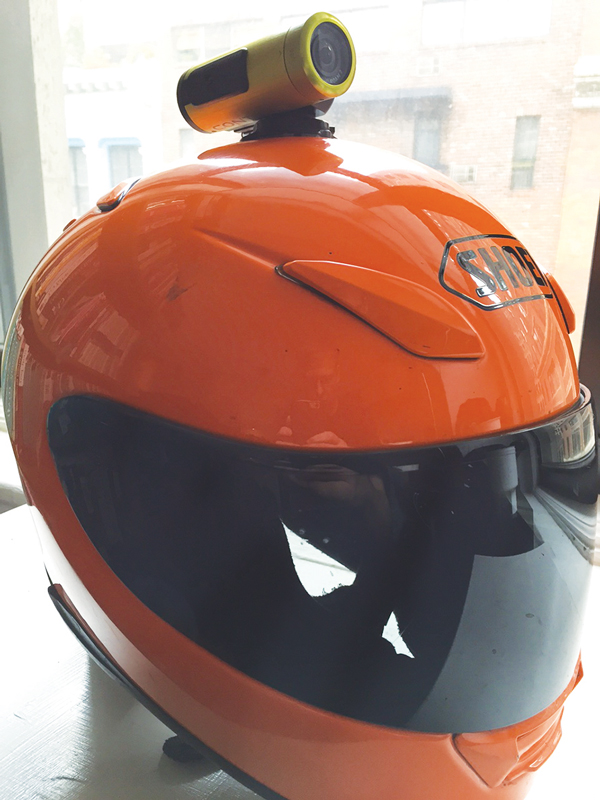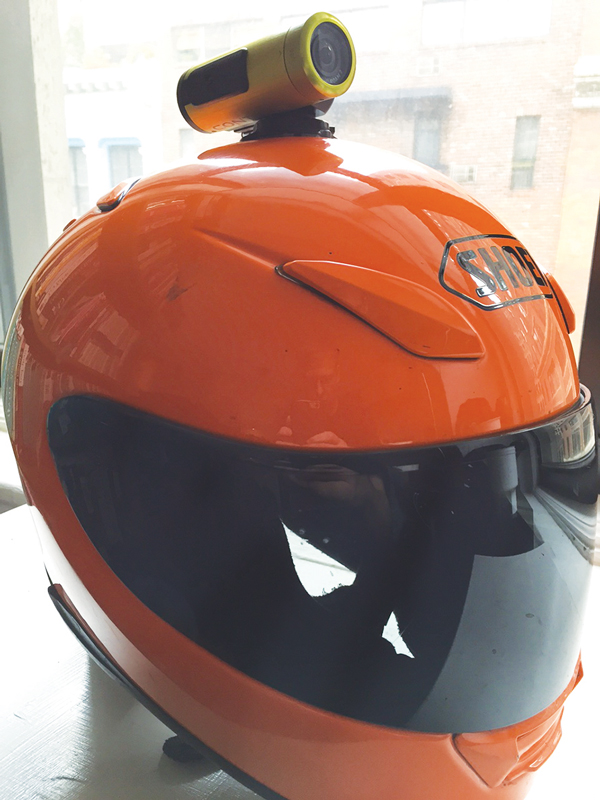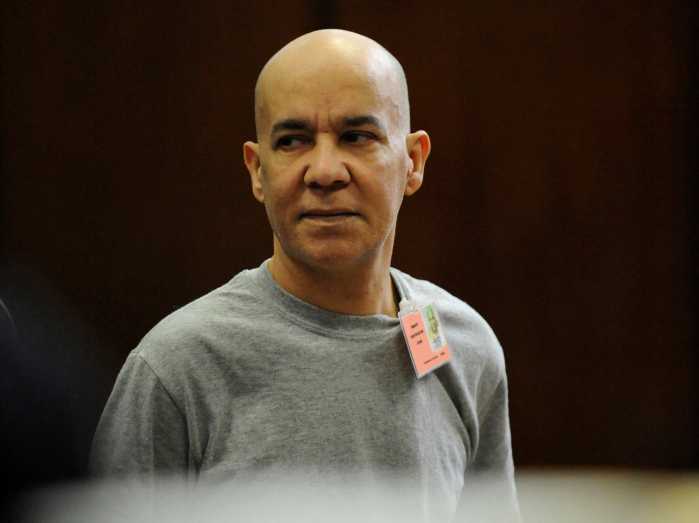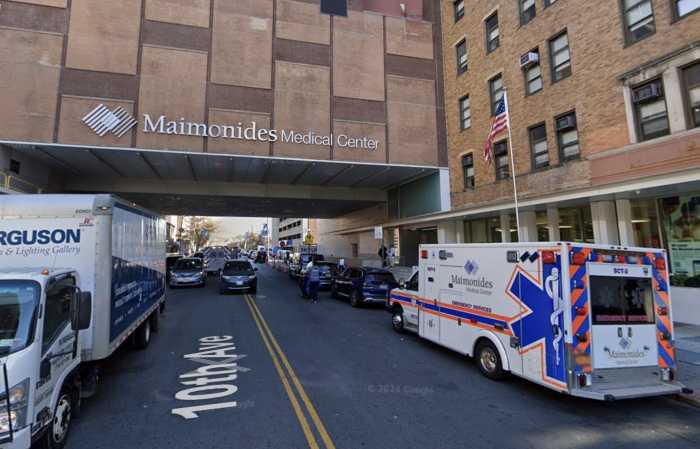
BY AMY RUSSO | According to the Virginia Tech Transportation Institute, a car traveling at 55 miles per hour can cover the length of a football field in just five seconds, the time it takes to look at a text message.
AT&T drew much attention this year on the subject after the release of its powerful texting-while-driving commercial, which depicts a graphic crash and the tagline, “It can wait.”
In June, Community Board 2 passed a resolution promoted by its Traffic and Transportation Committee to crack down on distracted driving by suggesting the implementation of a new police program. The initiative would involve a motorcycle unit that looks for drivers on phones and computer tablets and monitors other infractions, as well. However, the inspiration behind this proposal originated a long way from New York.
In 2013, the Western Australia Police Department successfully began a trial program to catch distracted drivers in the act by using both uniformed and undercover police on motorcycles, which can easily move in between traffic, especially at opportune times when drivers are sitting at stoplights. According to data cited in C.B. 2’s June resolution, over the course of an eight-hour shift, a member of the W.A.P.D. catches 20 drivers using cell phones or other visual displays while on the road. After just six weeks, the department made a total of $175,600 (in U.S. dollars) from infractions.
While discussing the proposal to the New York Police Department, Shirley Secunda, chairperson of C.B. 2’s Traffic and Transportation Committee, stated, “At this point, we have not heard anything from any part of the N.Y.P.D. We sincerely hope we get a response.”
Nonetheless, Secunda remains a proponent of the program.
“People have become so concerned about the impact of this distracted driving that they want something to be done about it,” she said.
Jesse Erlbaum, a public member of the committee, as well as a motorcyclist and volunteer for a motorcycle safety organization, discussed the program with a W.A.P.D. sergeant, including its parameters, resources used, successes and issues.
“As a result of this program, car drivers have become more aware of motorcycles,” Erlbaum said the sergeant told him.
This translates beyond motorbikes, he explained, noting, “Motorcycles and bicyclists have the same problem — which is drivers don’t see us.”
As an experiment, Erlbaum — who is a software engineer — mounted a camera on his helmet and rode around, and reportedly witnessed no shortage of distracted driving.
“Four times in the last two years, I have personally witnessed drivers watching television while driving,” he said.
In one video, which he posted on YouTube, he shows how just a quick whisk of his helmet cam can catch a distracted driver in the act (https://www.youtube.com/watch?v=LOjm76LxNE8).
Erlbaum has decided to keep riding with the helmet cam, just as a matter of public safety.
He believes that motorcycles would be particularly useful in ticketing drivers because they can reach cars, which are too fast to pursue on foot, and can squeeze into tight areas between vehicles where police cars can’t. As opposed to Erlbaum’s camera, the Australian cops’ ones are more discreetly mounted on the side of their helmets.
While discussing the safety of an officer moving in between traffic on a motorcycle, Erlbaum referenced a Berkeley study published in May 2014, which states that, contrary to what some might believe, lane-splitting is quite safe and is not the cause of most accidents involving motorcycles.
As for the lack of response on the idea from the N.Y.P.D., Erlbaum remarked, “I don’t know how open they are to receiving suggestions about their tactics.”
While local law enforcement may be reluctant to take suggestions from those not on the force, Erlbaum noted that this is not his idea or the community board’s.
“Law enforcement in Western Australia made up this idea,” he said. “The proof is in the numbers.”
According to Erlbaum, about 75 percent of all crashes involving a motorcycle are the result of another vehicle failing to yield, which is very much the same for bicyclists and pedestrians.
Reducing distracted driving would go a long way toward reducing those numbers, in his view.
“The problem is clearly visible to anyone who has the means to see what is going on on the roads,” he said, “which is much more evident from the higher perch of a motorcycle seat.”




































